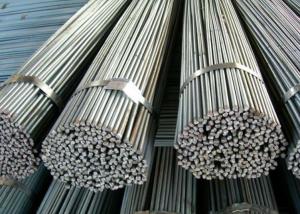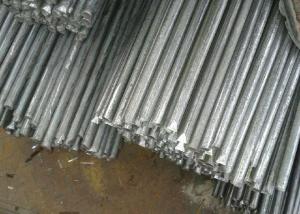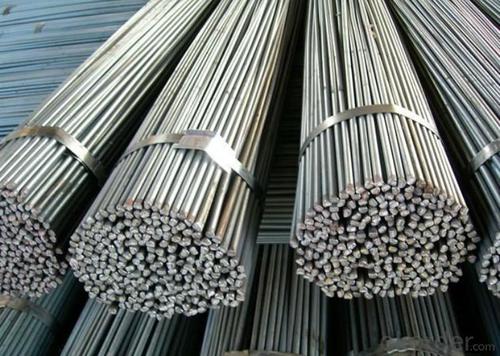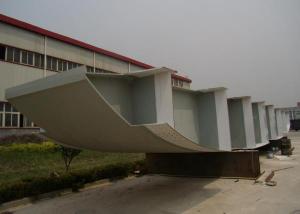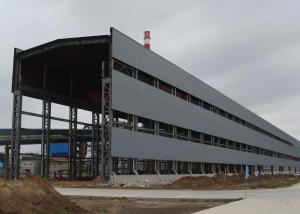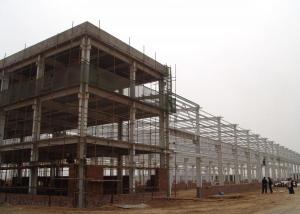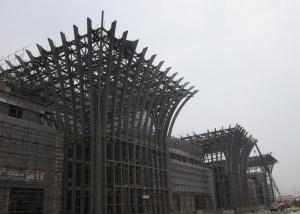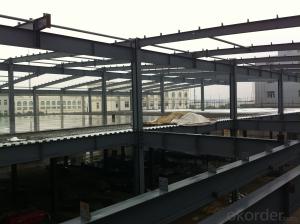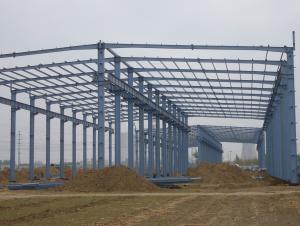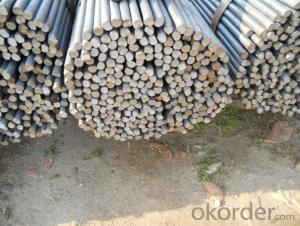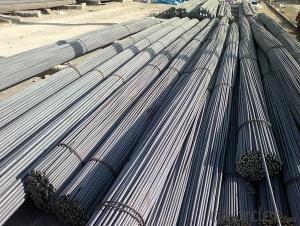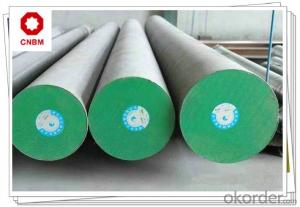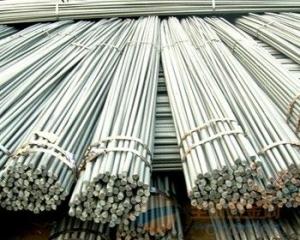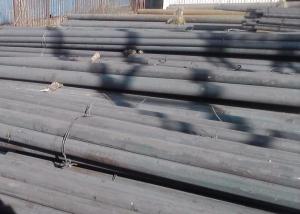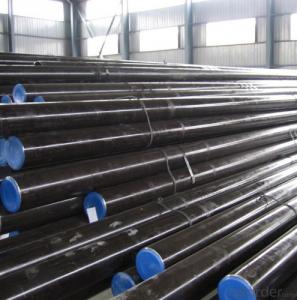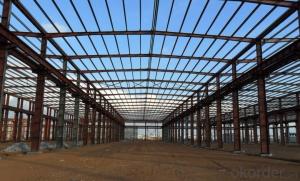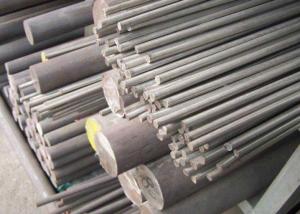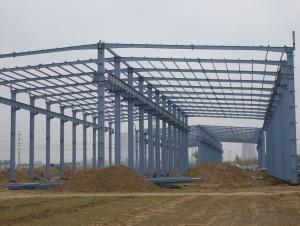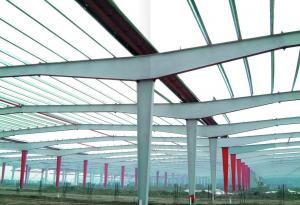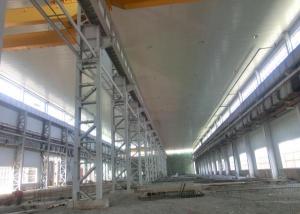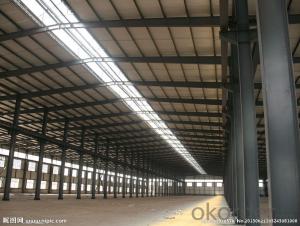Construction Steel Round Bar
- Loading Port:
- Tianjin
- Payment Terms:
- TT or LC
- Min Order Qty:
- 25 Tos m.t.
- Supply Capability:
- 50000 tons per month m.t./month
OKorder Service Pledge
OKorder Financial Service
You Might Also Like
Specifications of Construction Steel Round Bar
1. Grade: Q195, Q235, A36, SS400, Q345
2. Material: Mild carbon steel
3. Diameter: 8mm-150mm
4. Length: 6m, 9m, 12m
5. Quenching methods: oil quenching, air cooling or salt bath quenching
6. Heat treatment: Isothermal annealing temperature is 800~880 °C, with 10~20 °C, the furnace cooling to about 600 °C
Usage and Applications of Construction Steel Round Bar
1. Construction steel round bar is mostly used for straight bundles supply, and used for steel, bolts and various mechanical parts. While the bigger round bar, or more than 25mm hot rolled bar, is mainly for the manufacture of mechanical parts or for seamless steel billet.
2. Steel round bar is used in construction and a large number of architectural and engineering structures.
3. Besides, we can supply some especial material steel round bar that can be used for main shaft of steamer, hummer shank, with big section and supper force.
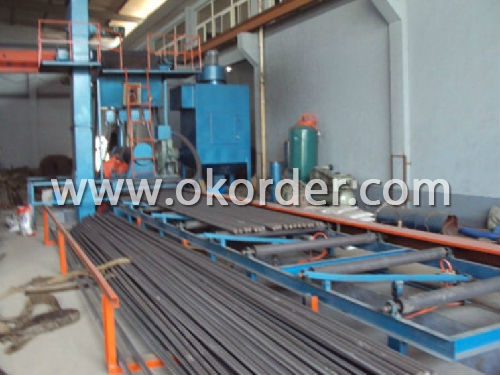
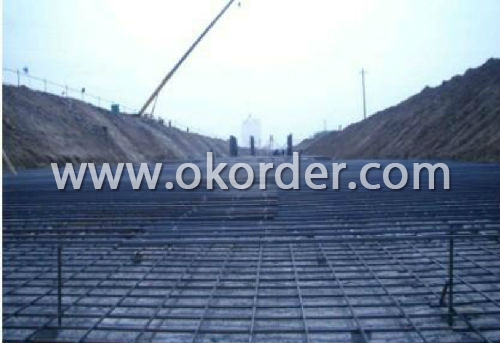
Packaging & Delivery of Construction Steel Round Bar
Packaging Detail: All goods are packed in bundle with steel strips and shipped by break bulk vessel or container (depend on target market and different ports)
Delivery Detail: 45 days
Trade terms: FOB, CFR, CIF
MOQ: 25 tons per specification; we can negotiate the quantity if the specification is normal or we have stock of one specification.
Weight: The price invoicing on theoretical weight basis or actual weight basis depends on customer’s request.
Shipment: The shipment of bulk break or container is depends on customer’s request and the situation of the port of destination.
Documents given: Full set of original clean on board bill of lading; Original signed commercial invoice; Original packing list; Policy of insurance; Certificate of origin and what the target market needs.
Characteristics of Construction Steel Round Bar
1. The steel in which the main interstitial alloying constituent is carbon in the range of 0.12–2.0%.
2. As the carbon percentage content rises, steel has the ability to become harder and stronger through heat treating; however it becomes less ductile.
3. Regardless of the heat treatment, higher carbon content reduces weld ability. In carbon steels, the higher carbon content lowers the melting point.
Quality Assurance of Construction Steel Round Bar
1. We will strictly inspect our production that we sold according to the customer’s request.
2. Quality should be in conformity with the specification of the manufacturer. Quantity and packing conditions should be in conformity with the term in the contract.
3. Should the packing found damaged, the buyer has the right to claim to the seller.
- Q: What are the design considerations for steel transportation infrastructure?
- Some design considerations for steel transportation infrastructure include the structural integrity of the steel components, the ability to withstand heavy loads and traffic, resistance to corrosion and environmental factors, as well as considerations for maintenance and repair. Additionally, factors such as cost, aesthetics, and sustainability may also be taken into account during the design process.
- Q: What are the design considerations for steel canals and dams?
- Several design considerations must be taken into account when designing steel canals and dams. Firstly, the structural integrity and stability of the structures need to be ensured, considering factors such as the weight of water, soil pressure, and potential seismic activities. Secondly, the corrosion resistance of the steel used in construction is crucial, as exposure to water can accelerate corrosion. Adequate corrosion protection measures must be implemented, such as coatings or sacrificial anodes. Thirdly, the hydraulic efficiency of the canal system is essential, requiring careful design of the cross-sectional shape, slope, and alignment to minimize frictional losses. Lastly, environmental factors like impact on aquatic life, erosion control, and sustainability should be considered to ensure the long-term viability and ecological compatibility of the canals and dams.
- Q: How are steel structures designed for snow sliding prevention?
- Various design features are incorporated into steel structures to prevent snow sliding. One crucial aspect is the angle of the roof or surface where snow may accumulate. Increasing the slope of the roof or surface enhances the chances of snow sliding off the structure. Achieving this involves carefully calculating the pitch and slope of the roof or surface to ensure optimal snow shedding. Aside from the slope, steel structures may also include snow guards or snow fences. These are typically placed on the roof or surface to impede the movement of snow and prevent it from sliding off in large quantities. Snow guards can take the form of metal bars or grids strategically positioned to create friction and hold the snow in place. On the other hand, snow fences are physical barriers installed along the edges of the roof or surface to trap the snow and prevent it from sliding off. Furthermore, steel structures designed to prevent snow sliding may also incorporate measures to melt the snow. This can be achieved through the utilization of snow melting systems, such as heating cables or radiant heating. These systems are installed beneath the surface of the roof or structure and generate heat to melt the snow, preventing it from accumulating and sliding off in large amounts. In conclusion, the design of steel structures for snow sliding prevention entails careful consideration of the slope, the inclusion of snow guards or snow fences, and the utilization of snow melting systems. By implementing these design features, steel structures can effectively prevent snow sliding, ensuring the safety and integrity of the building.
- Q: How long is the expected corrosion resistance of the general steel structure paint? Is there a relevant specification?
- As ordinary steel structure anticorrosion coating, the composite coating iron red epoxy primer / epoxy micaceous iron oxide intermediate paint / chlorinated rubber finish form, life expectancy is 10 years.
- Q: What are the considerations for designing steel footbridges and walkways?
- When designing steel footbridges and walkways, there are several key considerations that need to be taken into account. These include the intended use and load capacity of the structure, the location and environment in which it will be installed, the aesthetics and design requirements, the materials and construction techniques to be used, as well as any relevant safety regulations and standards. Additionally, factors such as accessibility, durability, maintenance requirements, and cost-effectiveness also play a crucial role in the design process. By carefully considering these aspects, engineers can ensure that the steel footbridges and walkways are not only functional and safe but also visually appealing and suitable for their specific purpose.
- Q: How are steel structures used in data centers and telecommunications facilities?
- Steel structures are widely used in data centers and telecommunications facilities due to their strength, durability, and versatility. These structures provide a reliable framework that supports the heavy equipment and infrastructure required for these facilities. In data centers, steel structures are used to create a secure and stable environment for servers, networking equipment, and storage systems. The steel framework provides the necessary support to handle the weight of these equipment, ensuring they are safely mounted and protected. Additionally, steel structures can be customized to accommodate specific layouts and configurations, allowing for efficient use of space in data centers. Telecommunications facilities also benefit from steel structures as they provide a robust framework for the installation of antennas, transmitters, and other communication equipment. The steel structure acts as a tower or mast, enabling the equipment to be positioned at an optimal height for signal transmission and reception. Moreover, the strength of steel ensures that these structures can withstand harsh weather conditions, including strong winds and seismic events. Furthermore, steel structures are crucial for the overall functionality and reliability of data centers and telecommunications facilities. They serve as a grounding system, providing a safe path for electrical currents and protecting against power surges. Steel structures also play a key role in the management of cable routing and power distribution, ensuring efficient connectivity and minimizing the risk of cable damage. Overall, steel structures are integral to the construction and operation of data centers and telecommunications facilities. They offer the necessary strength, durability, and versatility to support the heavy equipment, provide secure environments, and ensure reliable communication and data storage.
- Q: What are the environmental implications of using steel structures?
- The environmental implications of using steel structures include both positive and negative aspects. On the positive side, steel is a highly durable and strong material that can withstand extreme weather conditions, reducing the need for frequent repairs or replacements. Additionally, steel is highly recyclable, allowing for the reuse of scrap metal and reducing the demand for virgin materials. However, there are also negative environmental impacts associated with steel structures. The production of steel requires significant amounts of energy and releases greenhouse gases, contributing to climate change. The extraction of iron ore, the primary raw material for steel production, can also lead to deforestation and habitat destruction. Furthermore, the transportation of steel materials over long distances can result in carbon emissions and contribute to air pollution. Additionally, steel production generates waste products such as slag and wastewater, which can have detrimental effects on soil and water quality if not properly managed. To mitigate these impacts, various strategies are being employed, such as improving energy efficiency in steel production, promoting the use of recycled steel, and implementing waste management practices. Overall, while steel structures offer numerous advantages, it is crucial to consider and address their environmental implications through sustainable practices and technologies.
- Q: What are the common challenges in steel structure construction?
- Some common challenges in steel structure construction include the need for precise and accurate measurements, ensuring proper alignment and fit of the steel components, managing the weight and load-bearing capacity of the structure, addressing corrosion and rust prevention, and coordinating various trades and contractors involved in the construction process.
- Q: How are steel structures used in mining and mineral processing plants?
- Steel structures are widely used in mining and mineral processing plants due to their strength, durability, and versatility. They provide support for heavy machinery and equipment, including crushers, conveyors, and processing units. Steel structures also house storage areas for minerals and facilitate efficient transportation within the plant. Additionally, steel is resistant to corrosion and can withstand harsh environmental conditions, making it suitable for the demanding requirements of mining and mineral processing operations.
- Q: How do steel structures accommodate for thermal expansion and contraction?
- Steel structures accommodate for thermal expansion and contraction through the use of expansion joints and flexible connections. These elements allow the steel components to move and adjust their positions without causing structural damage or failure. Expansion joints provide a gap between sections of the structure, allowing for expansion or contraction to occur without resistance. Flexible connections, such as bolts or slip-critical connections, allow for slight movement of the steel components while maintaining their stability and integrity. By incorporating these design features, steel structures can effectively handle the thermal fluctuations and prevent any negative impacts caused by expansion and contraction.
1. Manufacturer Overview
| Location | Hebei, China |
| Year Established | 1995 |
| Annual Output Value | Above US$ 15 Million |
| Main Markets | Middle east; Southeast Asia; Africa; East Aisa |
| Company Certifications |
2. Manufacturer Certificates
| a) Certification Name | |
| Range | |
| Reference | |
| Validity Period |
3. Manufacturer Capability
| a) Trade Capacity | |
| Nearest Port | Tianjin |
| Export Percentage | 20%-35% |
| No.of Employees in Trade Department | 11-20 People |
| Language Spoken: | English; Chinese |
| b) Factory Information | |
| Factory Size: | Above 6,500 square meters |
| No. of Production Lines | 1 |
| Contract Manufacturing | OEM Service Offered |
| Product Price Range | Average |
Send your message to us
Construction Steel Round Bar
- Loading Port:
- Tianjin
- Payment Terms:
- TT or LC
- Min Order Qty:
- 25 Tos m.t.
- Supply Capability:
- 50000 tons per month m.t./month
OKorder Service Pledge
OKorder Financial Service
Similar products
Hot products
Hot Searches
Related keywords
